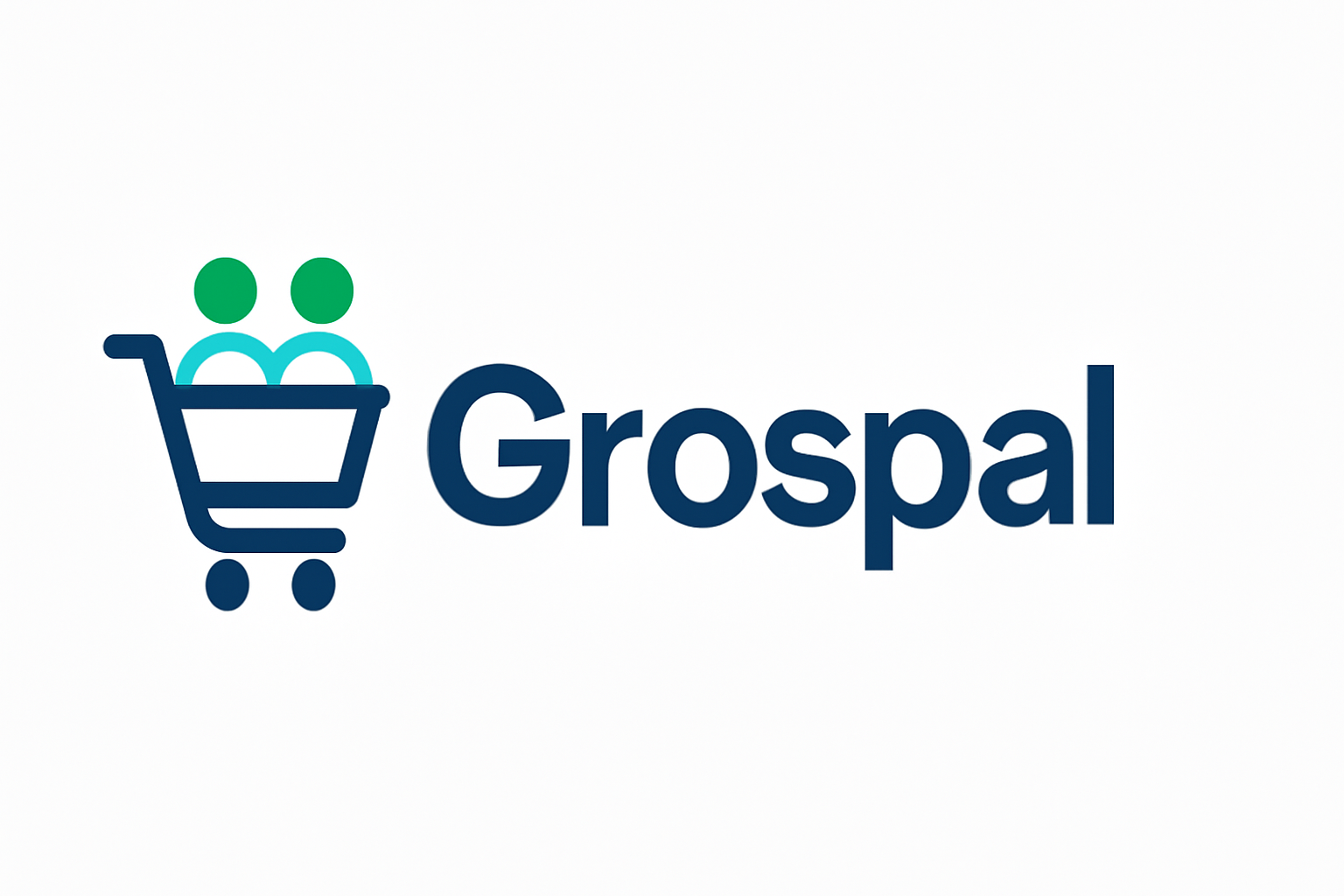Freelance Fame: Best Marketing Tools to Boost Your Solo Brand

Freelancing offers flexibility and freedom—but marketing yourself effectively is essential to staying booked and building a loyal client base. Thankfully, there are plenty of digital tools designed to help freelancers promote their services, manage content, and stand out in crowded marketplaces. Whether you’re a writer, designer, developer, or virtual assistant, these top marketing tools can help you grow your visibility and credibility without breaking the bank. Here’s a roundup of the best options for freelancers looking to level up their marketing game.
1. MailerLite: Email Marketing Made Simple
Email marketing isn’t just for big businesses. Freelancers can use MailerLite to send newsletters, nurture leads, or share portfolio updates with past and potential clients. Its drag-and-drop editor makes designing clean, modern emails easy—even if you have zero coding skills. You can also set up automated email sequences for onboarding or follow-ups, saving time while staying top of mind. The platform offers landing page creation and opt-in forms, so you can build your mailing list through your website or social media.
2. Trello: Organize Your Marketing Strategy
Marketing can quickly become overwhelming without a clear plan—and that’s where Trello shines. This visual project management tool lets freelancers track content ideas, client campaigns, social posts, and deadlines using boards, cards, and checklists. You can create a board for each client or project and add due dates, file attachments, and team collaborators if needed. It’s especially useful for mapping out a consistent marketing schedule, ensuring you always have fresh content to share. Trello’s flexibility makes it suitable whether you’re promoting your freelance blog, managing SEO outreach, or building a client referral strategy.
3. Buffer: Simplify Your Social Media Workflow
Consistency is key in social media marketing, but manually posting on multiple platforms every day can drain your time. Buffer allows you to schedule and publish posts to LinkedIn, Instagram, Facebook, and X (formerly Twitter) from one simple dashboard. It includes features for drafting captions, previewing posts, and reviewing analytics to see which content performs best. You can also queue up evergreen content that recycles periodically, keeping your feed active even when you’re busy with client work.
4. AnswerThePublic: Know What Your Audience is Searching For
Understanding what your target audience is asking can make your marketing far more effective. AnswerThePublic visualizes search queries and phrases people use around your niche, helping you tailor blog topics, social posts, or service descriptions to real demand. For example, if you’re a freelance web developer, you might discover people are searching “how to choose a freelance developer” or “custom website cost breakdown.” Use those insights to create helpful content that draws in ideal clients. It’s a great tool for building authority and attracting organic traffic without guessing what people want.
5. Loom: Personalize Your Outreach with Video
Loom helps freelancers add a personal touch to cold outreach, project updates, or client onboarding through short, shareable videos. You can record your screen and face at the same time, making it perfect for explaining your work process, walking through proposals, or reviewing a client’s website or design file. Videos feel more engaging than long emails and help build trust quickly—especially with clients you’ve never met in person. Loom links can be easily embedded in emails or messages, and you’ll get notified when someone views your video. This tool turns ordinary communication into an opportunity to impress.
6. LinkedIn: Build Authority and Find Leads
If you’re not actively using LinkedIn to market your freelance services, you’re missing out. LinkedIn is more than just a job-hunting site—it’s a platform for building your brand, sharing your expertise, and connecting with potential clients. Regularly post updates, share behind-the-scenes content, and write short-form articles that showcase your skills. Engage with others in your industry to grow your visibility and credibility. For freelancers targeting B2B clients, LinkedIn is often more valuable than Instagram or Facebook.
7. Adobe Express: Design Professional Branding Materials
Your brand visuals matter—especially when first impressions are made online. Adobe Express offers freelancers powerful tools to create standout graphics, pitch decks, social media posts, and more. One of its most helpful features is the design logos tool, which lets you quickly generate a custom logo that represents your personal brand. You don’t need to be a graphic designer to look polished and professional. Once you’ve created your logo, you can use it across proposals, email signatures, business cards, and digital assets to build consistency and brand recognition with clients.
Freelancers wear many hats, and marketing often feels like one of the most demanding. But with the right tools, promoting your services becomes more manageable—and even enjoyable. Whether you’re optimizing your content strategy, creating brand visuals, or nurturing leads with personalized messages, these platforms are built to save time and amplify your impact. By investing in these digital tools, you’re not just marketing smarter—you’re setting yourself apart in a competitive freelance world.






